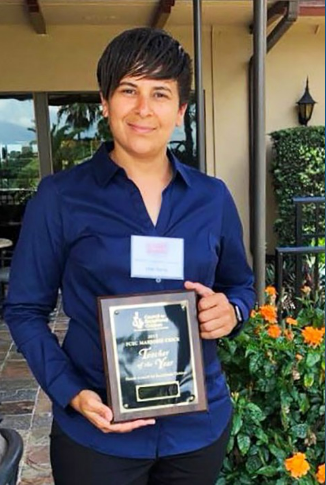
Editor’s note: Michael Q. McShane, director of national research for EdChoice, and James Shuls, an EdChoice fellow and former dean of the College of Education at Southeastern University in Lakeland, Florida, served recently as advisers on research conducted by Step Up For Students that culminated in a new report titled “How Can I Stay In It but Not Stay In It?” McShane and Shuls provide background on the report in this post that published in The 74. You can read the full report here.
Most conversations about school choice focus on students and families, and for good reason. School choice allows parents to choose the best educational opportunities for their children without having to make financial sacrifices for tuition or move to another district.
But there is another important group that benefits from school choice: teachers.
Recently, we served as advisers on research conducted by Florida’s Step Up For Students that explored what led a small, varied group of teachers to leave their posts in traditional public schools and strike out on their own to start new private schools. Leaving pay, pensions and the security of a public school job, they tapped into resources provided by Florida’s rich school choice environment to create new educational opportunities.
What these teachers had to say can shed light on ways to support further innovation in education.
The 10 teachers-turned-school founders were an interesting bunch. On average, they had spent a decade in traditional schools. Three founded large private schools (serving more than 150 students), three started small private schools (serving up to 150 students), and the others created a microschool, a hybrid homeschool, a homeschool co-op and a learning pod. Four of the schools were specifically for students with special needs.
All 10 had their own reasons for opening a new school, but frustration was a common theme. Whether it was low academic standards, the ever-present shadow of standardized testing or having to watch students fall through the cracks, all felt they could not remain in a system that they thought wasn’t working.
As one put it, “As a special education teacher in the public school system, I saw my students … going into middle school, and a lot of them were not receiving services. They were going into classrooms where there was no one helping them to organize or to understand the different things that were going on. That’s when we started to really seriously talk about how we would do our own school.”
To continue reading, click here.


